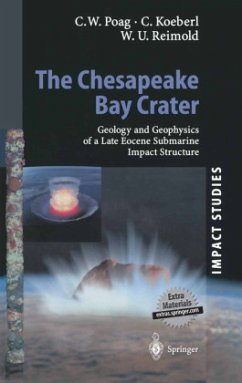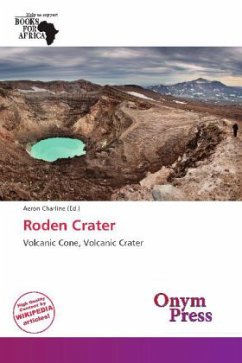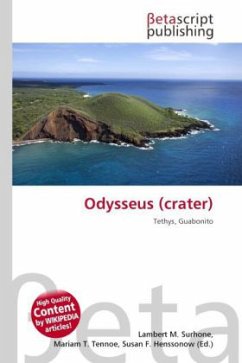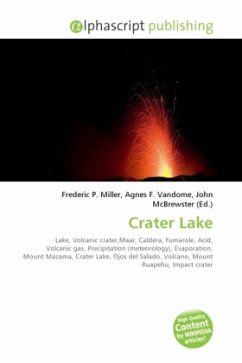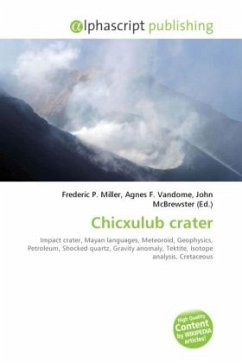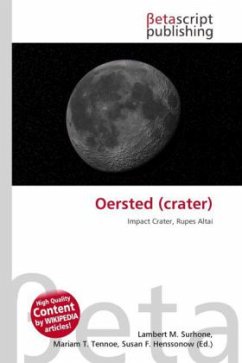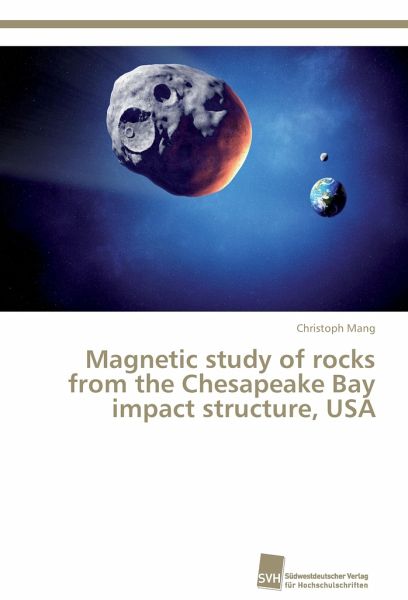
Magnetic study of rocks from the Chesapeake Bay impact structure, USA
Versandkostenfrei!
Versandfertig in 6-10 Tagen
40,99 €
inkl. MwSt.

PAYBACK Punkte
20 °P sammeln!
Impact craters are often characterized by magnetic anomalies, which can be rather complex. Since such anomalies are important indicators of the properties of extraterrestrial bodies, a well-grounded understanding of the main magnetic mineral's behavior is very important. A good place to start such studies are the impact craters we find on planet earth. This study is focused on the magnetic anomaly of the Chesapeake Bay impact crater, USA, and gives a detailed characterization of the geological units, the magnetic minerals therein and their geological evolution. It furthermore comprises the res...
Impact craters are often characterized by magnetic anomalies, which can be rather complex. Since such anomalies are important indicators of the properties of extraterrestrial bodies, a well-grounded understanding of the main magnetic mineral's behavior is very important. A good place to start such studies are the impact craters we find on planet earth. This study is focused on the magnetic anomaly of the Chesapeake Bay impact crater, USA, and gives a detailed characterization of the geological units, the magnetic minerals therein and their geological evolution. It furthermore comprises the results of explosive experiments, which were conducted in order to keep the effect of post-impact mineral modifications, such as weathering, apart from crystal defects introduced by shock. The distinctive part of this work lies in the combination of geological and physical techniques. This approach allowed an extensive interpretation of the microstructural and magnetic features in a general geological context.



